The function of art is to do more than tell it like it is - it's to imagine what is possible
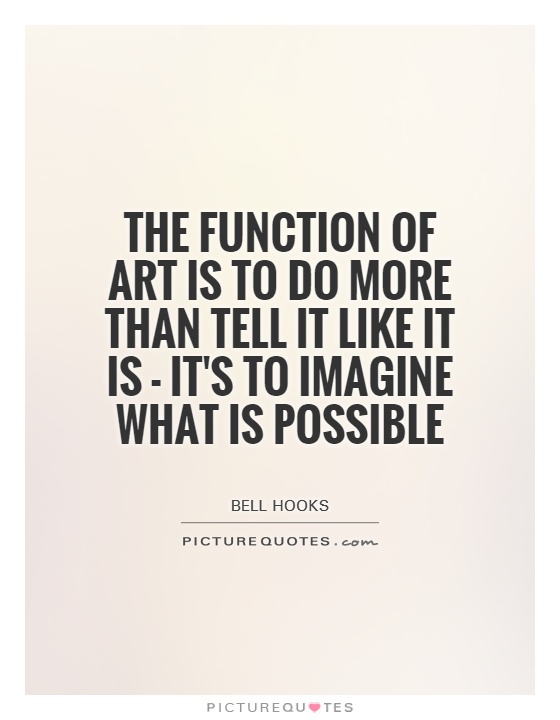
The function of art is to do more than tell it like it is - it's to imagine what is possible
In her work, bell hooks emphasizes the transformative power of art and its ability to envision new possibilities beyond the constraints of reality. She argues that art serves a crucial function in society by not only reflecting the world as it is, but also by imagining and creating alternative realities that challenge the status quo and inspire change.hooks believes that art has the potential to disrupt dominant narratives and ideologies, offering a space for marginalized voices to be heard and for new perspectives to emerge. By imagining what is possible, art can push boundaries, challenge norms, and inspire social and political transformation. Through its ability to evoke emotions, provoke thought, and spark dialogue, art has the power to ignite social movements and bring about meaningful change.
hooks also emphasizes the importance of representation in art, particularly for marginalized communities. By creating and consuming art that reflects diverse experiences and perspectives, individuals can see themselves reflected in the world around them and feel empowered to imagine new possibilities for themselves and their communities. Representation in art can also challenge stereotypes, combat discrimination, and promote empathy and understanding across different social groups.
Furthermore, hooks argues that art has the potential to foster healing and resilience, particularly for those who have experienced trauma or oppression. Through creative expression, individuals can process their emotions, reclaim their agency, and envision a future that is more just and equitable. Art can provide a sense of hope, empowerment, and connection, helping individuals to navigate difficult circumstances and envision a brighter future.

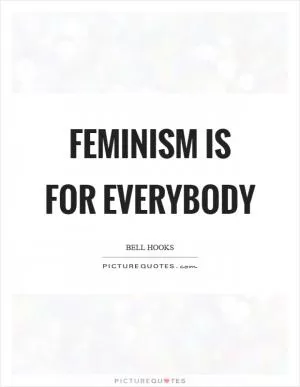
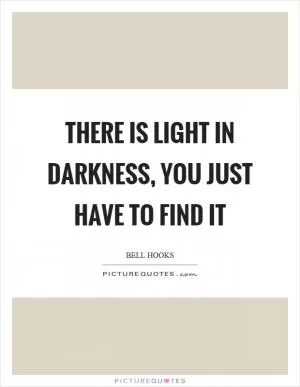
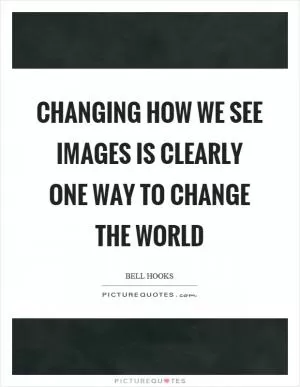
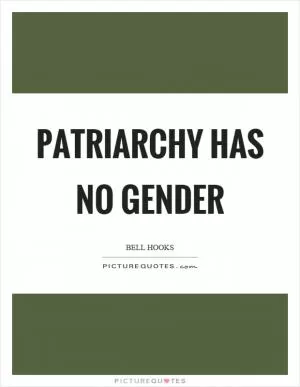

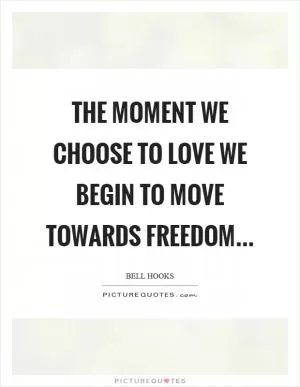
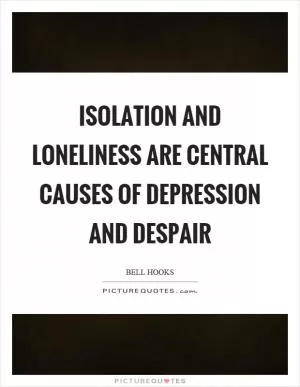
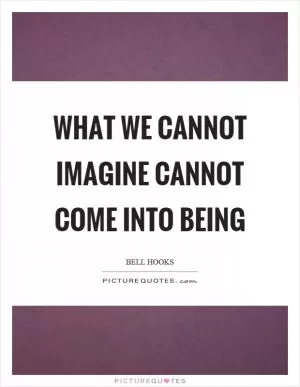

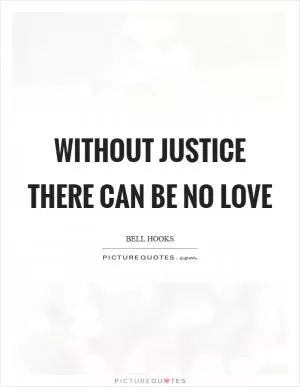
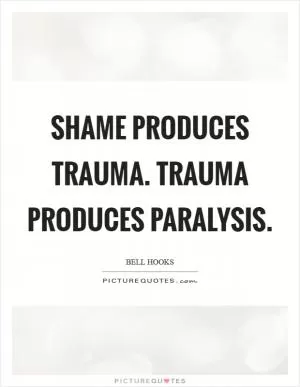
 Friendship Quotes
Friendship Quotes Love Quotes
Love Quotes Life Quotes
Life Quotes Funny Quotes
Funny Quotes Motivational Quotes
Motivational Quotes Inspirational Quotes
Inspirational Quotes